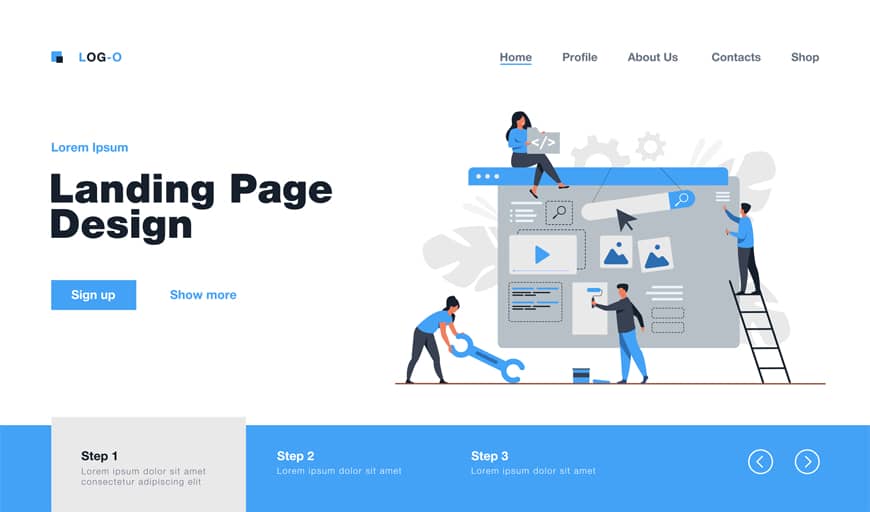
A well-structured website is not only user-friendly but also a critical component of a successful SEO strategy. When your website’s architecture is well-designed, search engines can better understand your content, leading to improved rankings and enhanced user experiences. In this blog, we’ll explore 15 SEO best practices for website architecture to help you optimize your online presence.
1. Mobile-First Design
With the majority of internet traffic coming from mobile devices, it’s essential to prioritize mobile-friendly design. Use responsive design techniques to ensure your website adapts seamlessly to various screen sizes.
2. Clean and Intuitive Navigation
Your website’s navigation should be intuitive and straightforward, allowing visitors to find the information they need effortlessly. Implement clear menus and avoid excessive dropdowns or complex structures.
3. Use of HTTPS
Secure your website with HTTPS. Not only does it improve security, but it’s also a ranking factor for search engines like Google. Obtain an SSL certificate to enable HTTPS on your site.
4. XML Sitemaps
Create and submit XML sitemaps to search engines. These sitemaps provide a structured list of your website’s pages, helping search engines crawl and index your content efficiently.
5. Canonical URLs
Avoid duplicate content issues by using canonical tags. They inform search engines which version of a page to index when multiple versions exist, preventing confusion and potential ranking problems.
6. SEO-Friendly URLs
Craft descriptive and concise URLs that reflect the content of your pages. Avoid using generic or randomly generated URLs.
7. Logical Hierarchy
Organize your content using a logical hierarchy with headers (H1, H2, H3, etc.). This structure not only enhances readability but also helps search engines understand the relationships between different sections of your content.
8. Optimize Images
Compress and optimize images to reduce page load times. Use descriptive alt tags for images to make your content more accessible and SEO-friendly.
9. Page Load Speed
Improve your website’s speed by optimizing images, leveraging browser caching, and using Content Delivery Networks (CDNs). Faster-loading pages tend to rank better in search results.
10. Mobile-First Indexing
Ensure that your mobile and desktop versions have consistent content and metadata. Google primarily uses mobile versions for indexing and ranking.
11. Schema Markup
Implement schema markup to provide search engines with structured data about your content. This can enhance how your website appears in search results, leading to higher click-through rates.
12. Internal Linking
Use internal links to connect related content on your website. This helps users and search engines navigate your site and discover relevant information.
13. Error Pages
Customize your 404 error pages to guide users back to your website’s main content. Avoid leaving visitors stranded on dead-end pages.
14. User Experience (UX)
Prioritize user experience by optimizing page layouts, fonts, colors, and other design elements. A positive UX leads to longer visit durations and reduced bounce rates.
15. Regular Audits
Perform regular website audits to identify and rectify issues such as broken links, duplicate content, and crawl errors. Tools like Google Search Console can be invaluable for this purpose.
Incorporating these SEO best practices into your website’s architecture can significantly improve your search engine rankings and user satisfaction. Remember that SEO is an ongoing process, so regularly monitor your site’s performance and make necessary adjustments to stay competitive in the digital landscape.
